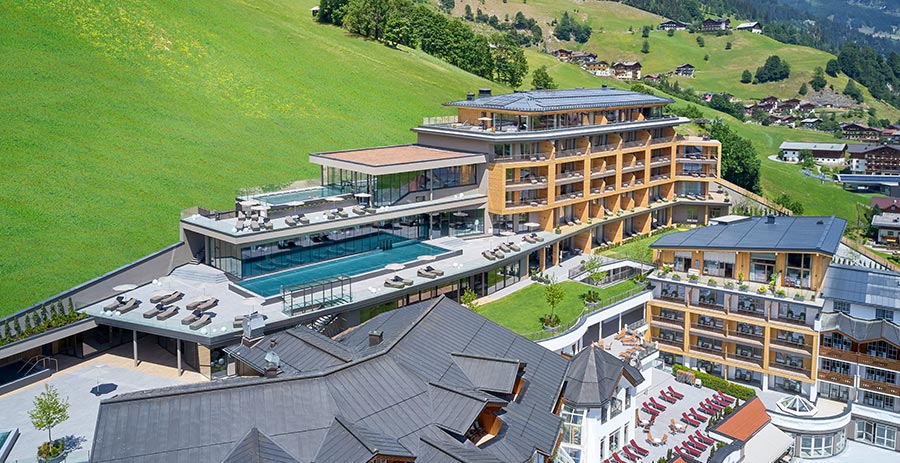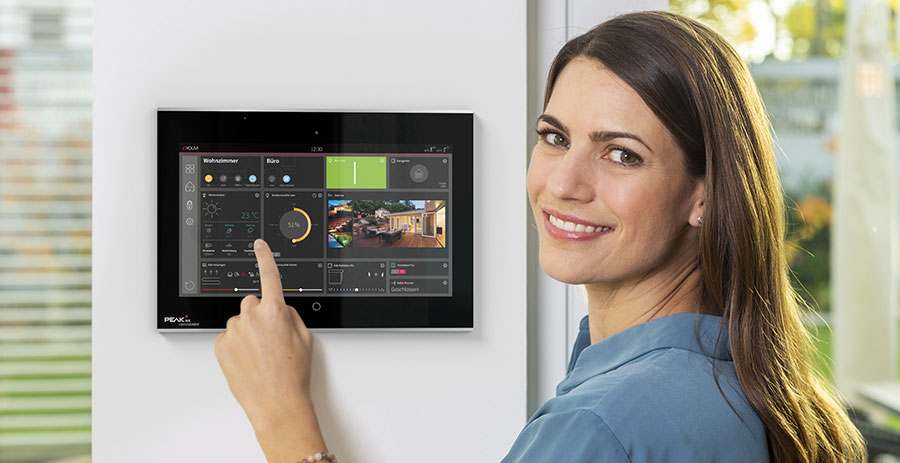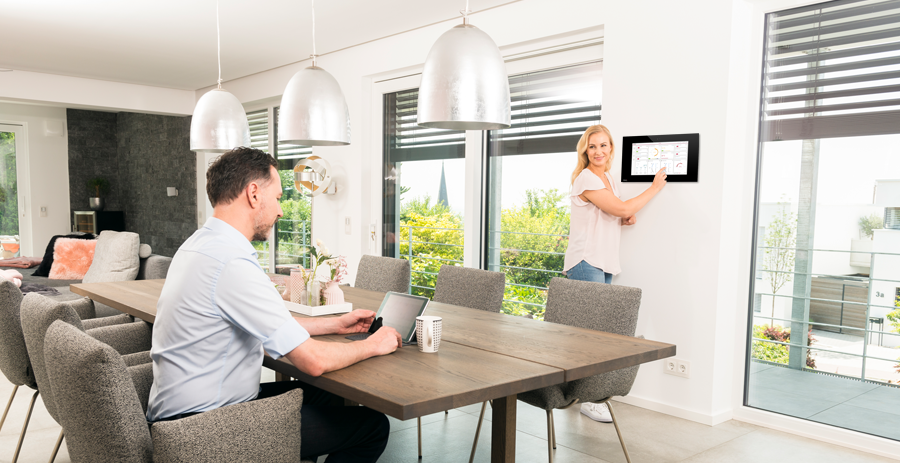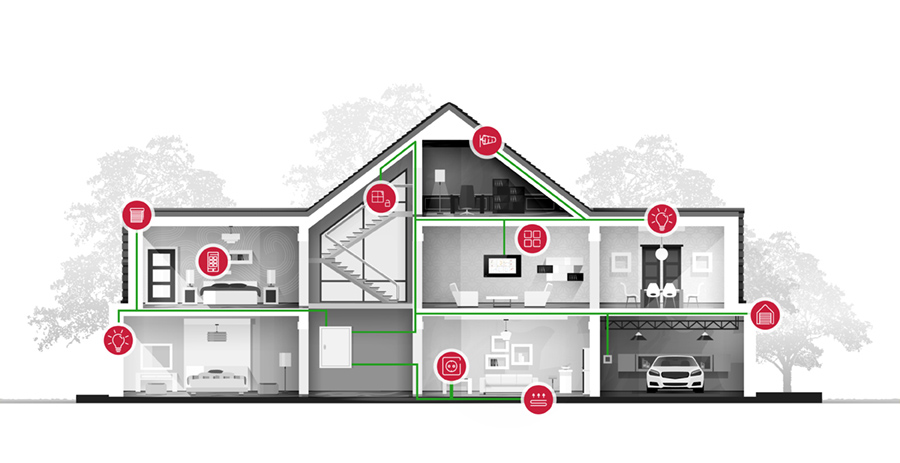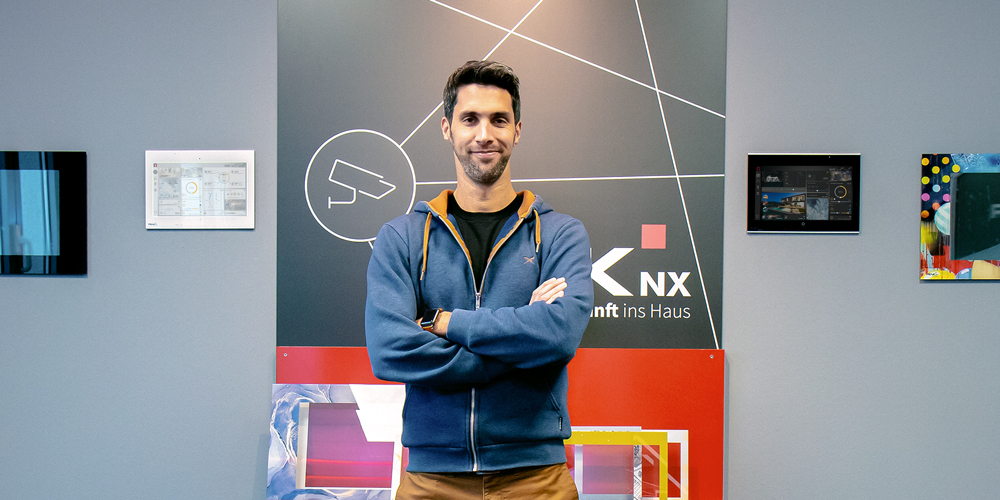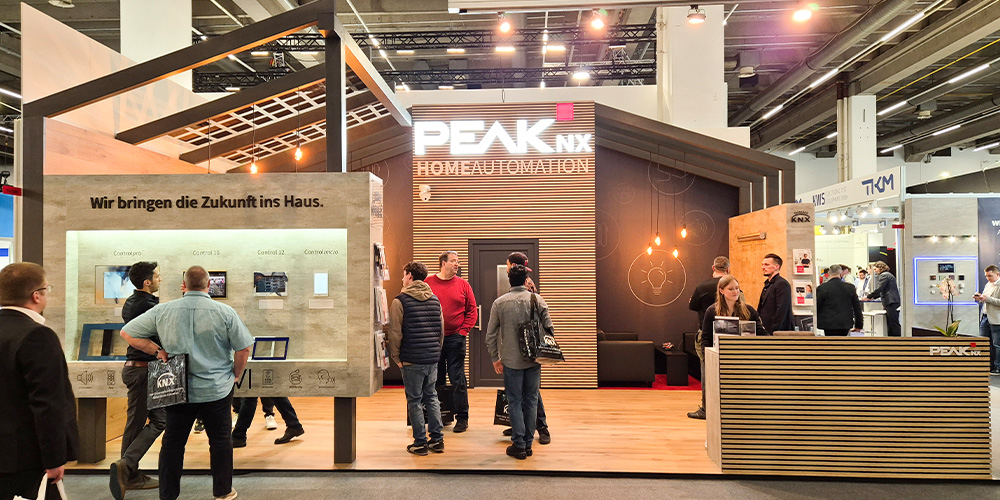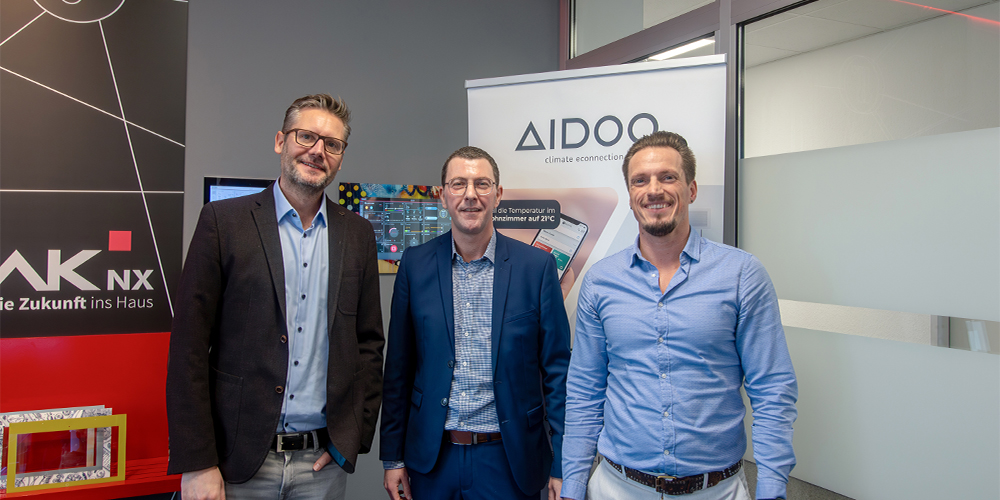PEAKnx extends the functions of its KNX visualization YOUVI. The software package, which advances the PEAKnx panels Controlmicro, Controlmini and Controlpro to smart all-in-one solutions for building automation, receives three new add-ons. With the door station module, communication with SIP door stations can be integrated into the visualization. The new Sonos or trivum Bridges enable multi-room sound control in the house.
Integrated door communication
The update to version 4.3 enables communication with the door station via the KNX visualization. The PEAKnx control panels can thus be used as an intercom. All SIP-capable door stations from manufacturers such as Agfeo, Doorbird, Wantec or 2N can be integrated, including video transmission. When the doorbell rings, users can see directly on the touch panel who is in front of the door, greet the person and let them in, or end the transmission.
Comprehensive multi-room sound control
The two new bridges provide a special music experience. They can be used to integrate sound systems from Sonos or trivum. Users can control the music in each room via the music player integrated into the visualization. While the children listen to their latest audio book in the living room, the adults' favorite music can be played in the kitchen, for example. The multi-room control is easily viewed and operated via a widget.
The right lighting mood with Tunable White
For a pleasant lighting, the color temperature can now also be adjusted in YOUVI as of Version 4.3. Tunable White has been integrated into the dimming function of YOUVI Basic, so that the lighting can be adjusted with scenes and timers to suit the biorhythm: Cool light to wake up and warmer light towards the evening. The new version now also supports the integration of rainfall sensors (l/m²) via KNX or the Netatmo Bridge. Thus, it is possible to display how much rain has fallen in the visualization. This function can also be linked with logics, for example to automatically water the garden when there is not enough rainfall.

